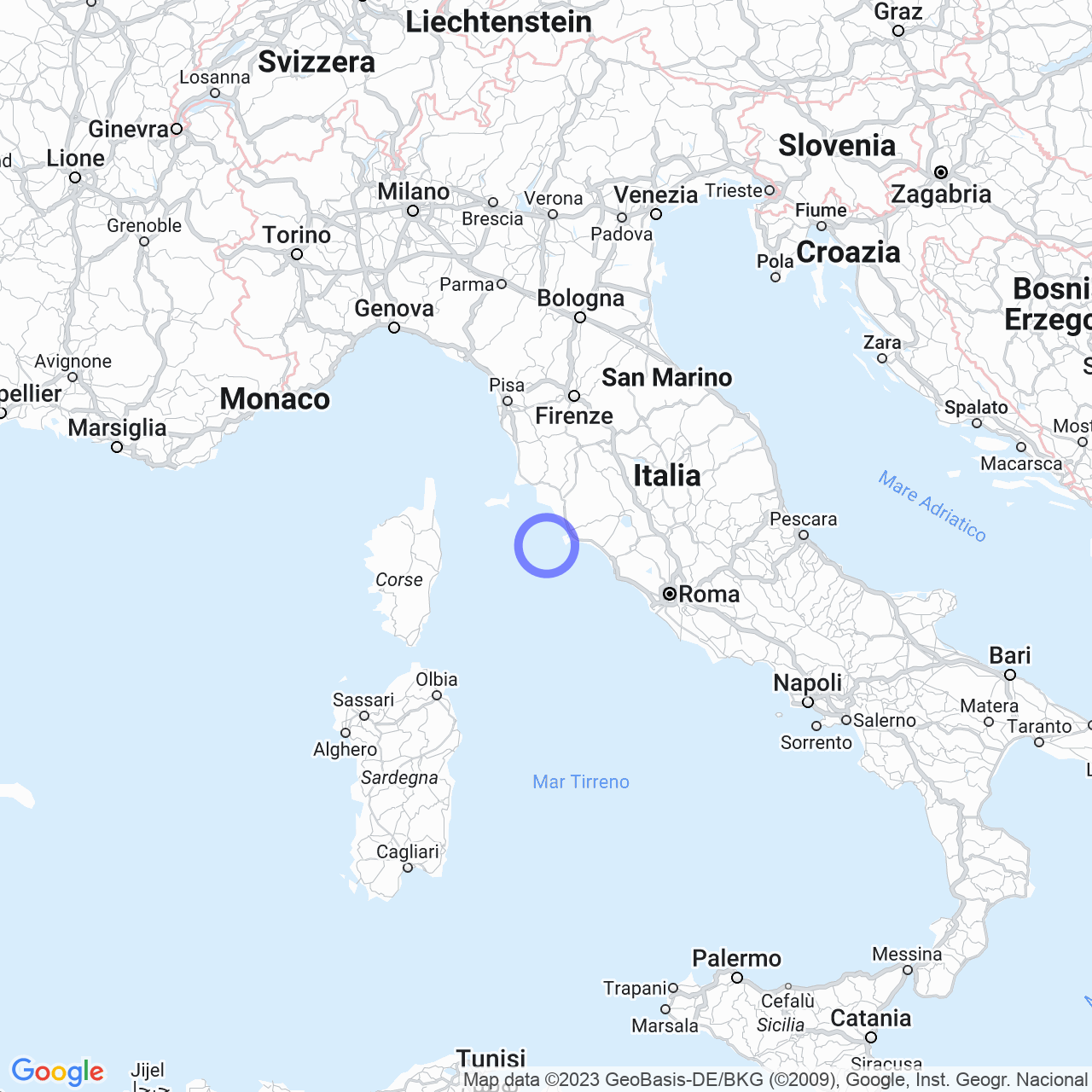Isola del Giglio
Exploring Giglio Island: A Guide to Geography, Flora, and Fauna
If you're planning a vacation in Tuscany and looking for a unique experience, I recommend visiting Giglio Island. With just over 1300 residents, this location offers a relaxing and authentic atmosphere that you'll be hard pressed to find elsewhere. In this article, I'll guide you through the geography, flora, and fauna of the island to give you an idea of what to expect.
Physical Geography
Giglio Island is located a few kilometers off the Tuscan coast and is composed of the main island of Giglio and the Island of Giannutri, a few miles to the southeast. The terrain of the main island is almost entirely hilly, with the highest peak of Poggio della Pagana reaching 496 meters above sea level in the central part of the island. The coastline is 27 km long and is largely rocky, except in some places where the beautiful beaches of Campese, Arenella, Cannelle, and Caldane open on the eastern side of the island.

Flora
Like many islands in the Tuscan Archipelago, Giglio Island originally had a rich vegetation consisting of evergreen Mediterranean forests that covered almost the entire island. Over time, with the growth of agricultural economy, during which agriculture and livestock breeding were intensified and multiple fires occurred, many of these plant species gradually became extinct. However, with the increase in tourism and the consequent decline of agriculture, the natural vegetation is slowly but steadily rebuilding.
The ancient vegetation that dominated the island was made up of Mediterranean maquis of Quercus ilex and Quercus suber with Erica arborea, Arbutus unedo, honeysuckle (Lonicera implexa), asparagus (Smilax Aspera), madder (Rubia peregrina), and cyclamen (Cyclamen repandum and Cyclamen hederifolium). This vegetation is still found primarily on the Promontory of Franco along the west coast south of Giglio Campese, on the east side of Poggio del Castello and in the Vallata del Molino. In the 1950s, the slopes of Poggio della Pagana were reforested with Pinus Pinea and Pinus Pinaster. Until a few decades ago, dry stone walls made of granite, called "greppe," were built almost all over the island, delimiting terraces used for the cultivation of vineyards that produce the famous Giglio wine. Most of these terraces, however, have been abandoned and conquered by a low garigue with Helichrysum and later by cistus.
Fauna
The island does not boast a great variety of terrestrial fauna, limited to species such as wild rabbits (Oryctolagus cuniculus), the crocidura suaveolens, the wood mouse (Apodemus sylvaticus), and the wild sheep (Ovis musimon), which was imported to the island in 1955 to avoid extinction. After averting the risk of extinction, it was decided to "eradicate," or remove, this animal species as it is not native to the island.
What abounds on Giglio Island, however, are species of Chiroptera, or bats. There are Tadarida teniotis, Miniopterus schreibersii, Pipistrellus pipistrellus, Pipistrellus kuhlii, Nyctalus noctula, Hypsugo savii, Eptesicus serotinus, Plecotus auritus, and Plecotus austriacus.
Conclusion
The entire island is a natural paradise that deserves to be discovered slowly, savoring every detail. With hidden bays, dreamy coves, and lush greenery, Giglio Island will make you appreciate nature in a new and original way. Come discover the authenticity of this place and let yourself be enchanted by its timeless charm.
